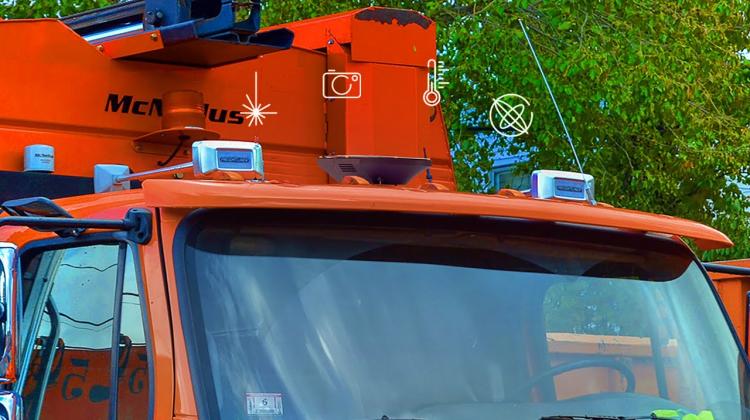Air quality monitoring (AQM) is crucial for cities to develop management plans supporting population health. However, there is a dearth of measurements due to the high cost of standard reference instruments. Mobile AQM using low-cost sensors deployed on routine fleets of vehicles can enable the continuous detection of fine-scale pollutant variations in cities at a lower cost. New methods need to be developed to interpret these measurements. This paper presents three such methods. First, we propose a technique to identify aerosol hotspots. Second, we employ techniques published previously to assess the generalizable map of fine and coarse particle number concentrations, to understand qualitatively the contribution of local and regional sources across the region sampled. By using the raw number concentration of differently sized particles from the Optical Particle Counters (OPCs) instead of the noisier mass concentrations, we obtain more robust results. Third, in order to evaluate source signatures in cities, we propose another technique, in which we cluster the entire range of aerosol size-distribution measurements acquired. The properties of each cluster provide insight into the aerosol source characteristics in the sampling environment. We test these methods using a dataset we collected by mounting OPCs on two trash-trucks in Cambridge, Massachusetts.
https://doi.org/10.1016/j.scs.2020.102239



